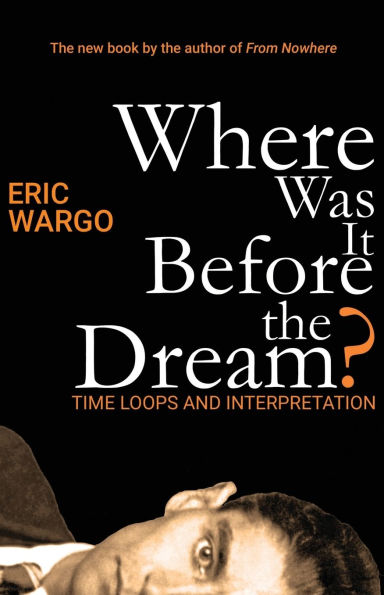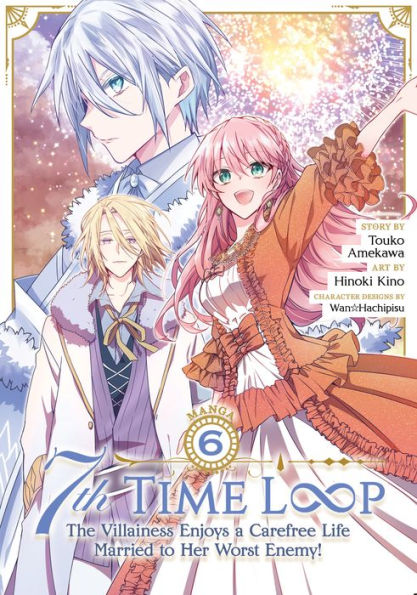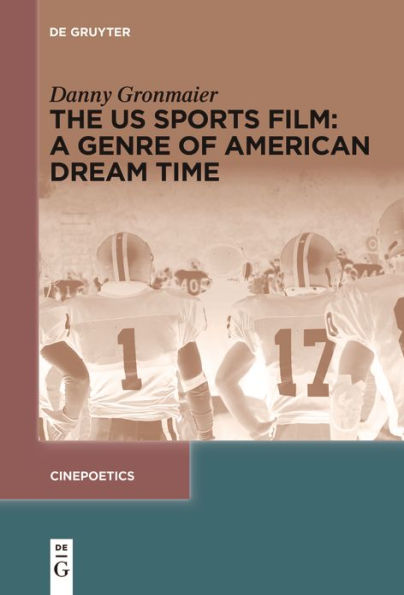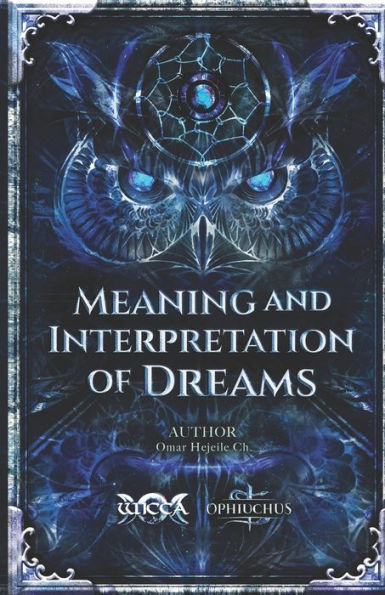Home
Where Was It Before the Dream?: Time Loops and Interpretation
Barnes and Noble
Loading Inventory...
Where Was It Before the Dream?: Time Loops and Interpretation
Current price: $20.95

Barnes and Noble
Where Was It Before the Dream?: Time Loops and Interpretation
Current price: $20.95
Loading Inventory...
Size: OS
*Product information may vary - to confirm product availability, pricing, shipping and return information please contact Barnes and Noble
This is a book about a mind-bending new way of interpreting imaginative literature.
Writers often draw on dreams for their inspiration, and those dreams are often precognitive, foreshadowing upheavals in the writer's future. It means that literature may often be prophetic, and that standard critical approaches focused solely on an author's prior influences or present life context are inadequate to fully understand the miracle of literary creation.
This exercise in "psychic deconstruction" examines the works and lives of six imaginative (and in most cases, dream-inspired) writers: Samuel Taylor Coleridge, Mary Shelley, J. R. R. Tolkien, Stanislaw Lem, Joan Lindsay, and Franz Kafka. Wargo shows that some of their greatest masterpieces-Coleridge's
Kubla Khan
and Tolkien's
The Hobbit
, for instance, as well as Kafka's
The Metamorphosis
and
The Trial
and Lindsay's beloved Australian classic,
Picnic at Hanging Rock
-were premonitions of how the author would look back upon their work or career in hindsight: with longing, curiosity, regret, or often some mix of emotions. The most dazzling and original inventions of the literary imagination, from the monster in Shelley's
Frankenstein
to the magical beings and objects of Middle Earth or the inscrutable intelligences in Lem's novels about alien contact, like
Solaris
, are really strange, biographical time loops preserved in amber.
Writers often draw on dreams for their inspiration, and those dreams are often precognitive, foreshadowing upheavals in the writer's future. It means that literature may often be prophetic, and that standard critical approaches focused solely on an author's prior influences or present life context are inadequate to fully understand the miracle of literary creation.
This exercise in "psychic deconstruction" examines the works and lives of six imaginative (and in most cases, dream-inspired) writers: Samuel Taylor Coleridge, Mary Shelley, J. R. R. Tolkien, Stanislaw Lem, Joan Lindsay, and Franz Kafka. Wargo shows that some of their greatest masterpieces-Coleridge's
Kubla Khan
and Tolkien's
The Hobbit
, for instance, as well as Kafka's
The Metamorphosis
and
The Trial
and Lindsay's beloved Australian classic,
Picnic at Hanging Rock
-were premonitions of how the author would look back upon their work or career in hindsight: with longing, curiosity, regret, or often some mix of emotions. The most dazzling and original inventions of the literary imagination, from the monster in Shelley's
Frankenstein
to the magical beings and objects of Middle Earth or the inscrutable intelligences in Lem's novels about alien contact, like
Solaris
, are really strange, biographical time loops preserved in amber.
This is a book about a mind-bending new way of interpreting imaginative literature.
Writers often draw on dreams for their inspiration, and those dreams are often precognitive, foreshadowing upheavals in the writer's future. It means that literature may often be prophetic, and that standard critical approaches focused solely on an author's prior influences or present life context are inadequate to fully understand the miracle of literary creation.
This exercise in "psychic deconstruction" examines the works and lives of six imaginative (and in most cases, dream-inspired) writers: Samuel Taylor Coleridge, Mary Shelley, J. R. R. Tolkien, Stanislaw Lem, Joan Lindsay, and Franz Kafka. Wargo shows that some of their greatest masterpieces-Coleridge's
Kubla Khan
and Tolkien's
The Hobbit
, for instance, as well as Kafka's
The Metamorphosis
and
The Trial
and Lindsay's beloved Australian classic,
Picnic at Hanging Rock
-were premonitions of how the author would look back upon their work or career in hindsight: with longing, curiosity, regret, or often some mix of emotions. The most dazzling and original inventions of the literary imagination, from the monster in Shelley's
Frankenstein
to the magical beings and objects of Middle Earth or the inscrutable intelligences in Lem's novels about alien contact, like
Solaris
, are really strange, biographical time loops preserved in amber.
Writers often draw on dreams for their inspiration, and those dreams are often precognitive, foreshadowing upheavals in the writer's future. It means that literature may often be prophetic, and that standard critical approaches focused solely on an author's prior influences or present life context are inadequate to fully understand the miracle of literary creation.
This exercise in "psychic deconstruction" examines the works and lives of six imaginative (and in most cases, dream-inspired) writers: Samuel Taylor Coleridge, Mary Shelley, J. R. R. Tolkien, Stanislaw Lem, Joan Lindsay, and Franz Kafka. Wargo shows that some of their greatest masterpieces-Coleridge's
Kubla Khan
and Tolkien's
The Hobbit
, for instance, as well as Kafka's
The Metamorphosis
and
The Trial
and Lindsay's beloved Australian classic,
Picnic at Hanging Rock
-were premonitions of how the author would look back upon their work or career in hindsight: with longing, curiosity, regret, or often some mix of emotions. The most dazzling and original inventions of the literary imagination, from the monster in Shelley's
Frankenstein
to the magical beings and objects of Middle Earth or the inscrutable intelligences in Lem's novels about alien contact, like
Solaris
, are really strange, biographical time loops preserved in amber.

















